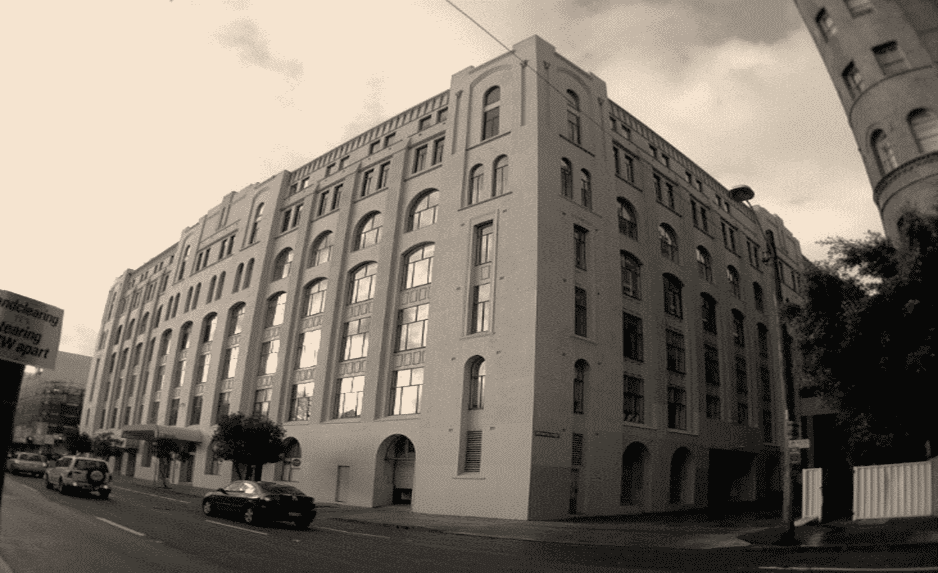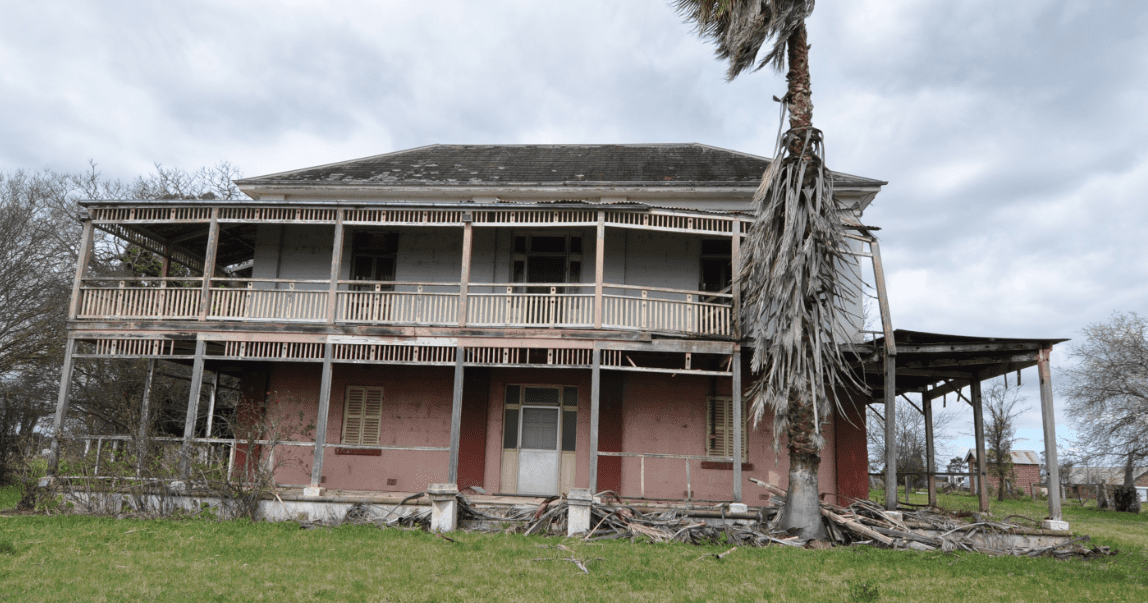Professional Associations
The Heritage Act ACT
Back in 2010, Duncan Marshall, a well- known heritage consultant in Canberra (Australia), undertook a review of the then current heritage management system in the ACT (Australian Capital Territory). His summary of what the system needs, is listed below;
- Place greater emphasis on strategic approaches, proactive operations and a greater degree of transparency in the operations of the heritage system;
- Enhance the flow of information about the heritage system, its operations and general heritage messages, and preparing a simple communications strategy for this purpose;
- Develop the heritage system through a consultative process with a wide range of stakeholders to provide broad strategic directions for the future;
- Establish autonomy and independence for the heritage system;
Increase resources for the heritage system enabling a shift from reactive to proactive operations to achieve better outcomes: - Develop and implement a long-term strategic vision;
- Protect heritage through compliance audits and a genuine capacity to promote and enforce protection;
- Interpret and promote heritage through a dedicated heritage website and the development of an enhanced schools, TAFE and higher education programs;
- Support for private conservation efforts to advance achievement of a framework of financial incentives and other support;
- Recognise the expert nature of registration and appeal decisions;
- Recalibrate community understanding of the implications of heritage registration as an acknowledgement of value but not an absolute guarantee of conservation. Accordingly, management and financial issues should not be considered at the time of registration;
- No call-in power or veto should be implemented in the case of registrations;
- Develop a nomination management process with guidelines;
- No statutory timeframes or limits to be placed on nominations;
- Provide feasible options for local government including short term acquisition to conserve and adapt places as necessary and then to sell or transfer ownership to a new public or private sector owner dedicated to the long term conservation interests of the place;
- Heritage Council to be a public champion for heritage;
- Develop management plans for all heritage places, noting that simpler and cheaper conservation management plans can still be effective;
- Embrace public involvement in heritage matters, consistent with good contemporary practice;
- Seek to provide the public with increased access the listed heritage stock

Fig 1 – National Library of Australia, Canberra
The review undertaken by Duncan Marshall ultimately led to Heritage Legislation Amendment Bill of 2013, but sadly, not all of the recommendations were incorporated and there was much debate surrounding the emergence of the legislation such as;
- The call-in powers of the Minister
- Economic factors having a bearing on decisions to list heritage items
- The independence of the listing authority.
- The National Trust an interested person for the purposes of notification and appeal rights
- The backlog of nominations

Fig 2 – University House, Canberra
As usual, there is much caution taken by government to effectively reduce the independence of the listing authority. Various devices are introduced to achieve this such inflating ministerial powers; allowing economic factors to affect decision making and; deliberately reducing the role of the National Trust as a community stakeholder. We have seen this many times over the years and we have to wonder why our system is so far behind the English, European and North American systems in terms of granting full efficacy to the heritage management system as opposed to allowing interference from other sources. Naturally, there needs to be a balance. However, in order to achieve the best results for historic heritage, its primacy needs to be recognised. From there, it is a case of setting up a fully charged autonomous system with cultural built heritage at the epicentre and auxiliary issues of planning, economic and politics following suit. That is the ideal, but the reality is that it will probably never happen in our lifetimes. Yet the longer we put it off, the more stock will be lost and we all know that such loss is irreversible. Therein lies the rub.
Paul Rappoport – Heritage 21 – 6 September 2016
Reference
Marshall, D 2010, Australian Capital Territory Heritage Act Review, prepared for the Minister for the Arts and Heritage.
Related Articles

Incentivising Ownership of Heritage Buildings
In response to the recent enquiry by the government relating to the NSW Heritage Act, I made the following recommendation.…
Read more
Does the NSW Heritage Act Reflect the Expectations of the NSW community?
In the recent NSW Heritage Act inquiry, I submitted a series of recommendations to the government seeking community response in…
Read more
A New Heritage Council for NSW
In the recent NSW Heritage Act inquiry, I submitted a series of recommendations to the government seeking community response in…
Read more
Heritage has become increasingly Litigious, Mysterious and Flaccid
I have been practicing as a heritage architect in NSW for the last 30 years and during that time, I…
Read more

Need help getting started?
Check out our guides.

Complete the form below to contact us today.








